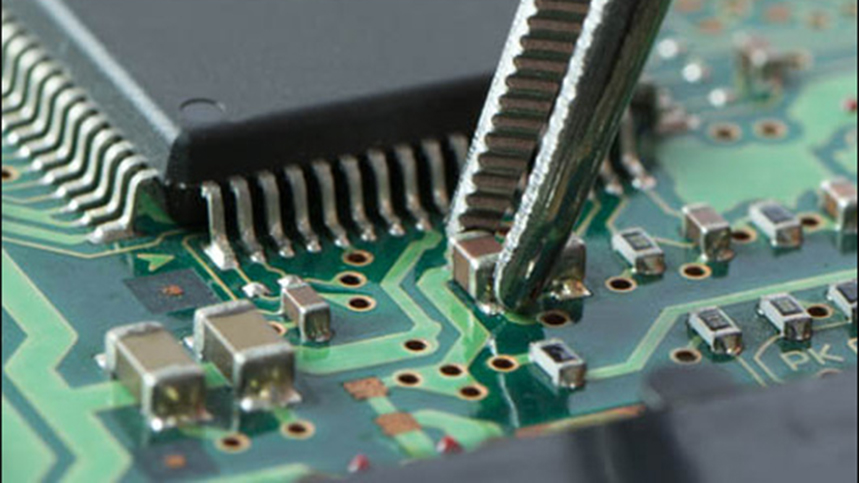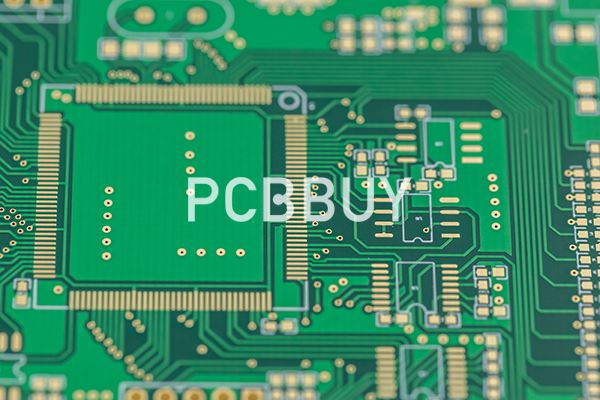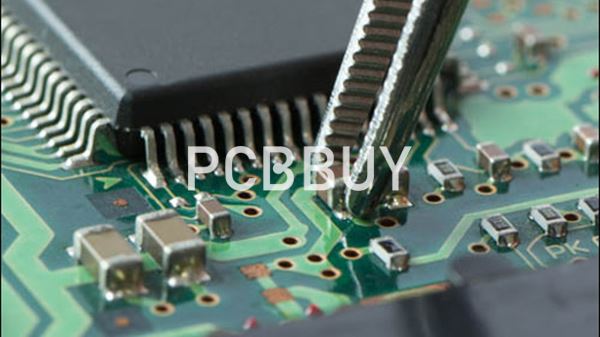How to Design for Testability Improving PCB Manufacturability?
By:PCBBUY 08/28/2023 15:40

One of the tenets of an outdoor trip is to ensure that all gear has been used at least once in a practice setting. Few things are more embarrassing and potentially dangerous than taking brand-new equipment out without knowing how to operate it. A low-stakes dry run is the perfect opportunity to gain familiarity with tools before being thrust into a situation where a lack of knowledge could spell disaster—or at least ruin a weekend.

Manufacturers test electronics for the same reason a weekend warrior going camping checks all the items in their pack: to determine functionality at a point where adjustments are easiest to perform. However, the board’s solder joints must be thoroughly tested for acceptability while the parts operate to specification. Testing careful circuit board preparations during design becomes a design factor in its own right; often, testing is non exhaustive because the PCB fails to incorporate a design for testing (DFT) approach. This lack of comprehensive methodology misses assembly defects that percolate into the end product and ultimately shape customer satisfaction. To prevent problems like this, here are some design for testability guidelines to ensure your next PCB design is fully prepared for testing.
Design for Testability Best Practices to Consider When Designing PCBs
The first step a contract manufacturer will take when reviewing a DFT implementation is to consult the included customer test specifications. From this information, a test method develops to meet the requirements. Although the test engineers can add to the test criteria if necessary, standard practice dictates that the customer provide as much information as possible to meet expectations.
The contract manufacturer (CM) review process will mark the schematic with test and connection points as part of their test preparations while examining the layout. Including specific test points in the schematic is another good design practice to help the CM expedite the turnaround time. The design review combined with the test methodology will help determine the type of fixture needed and if any modifications to the design are warranted to increase the total fault coverage of the test procedures. This information then merges into a test instruction (TI) document accompanied by descriptions, illustrations, and expectations for the test technicians to use during testing.
Incorporating Maximum Testability Into the Layout
When laying out the printed circuit board for testability in design, there are some important considerations to remember:
ICT points must be on each design net for complete test coverage.
These test points must have a 50 mil clearance to components and pads.
These test points must also have a 100 mil clearance to the board’s edge.
ICT can be conducted simultaneously on both sides of the board, but you should set this up with your CM in advance.
Another critical aspect of testing a circuit board is the time on the bench for functional or measurement testing. Test procedures require adequate probe points for manual testing of essential circuitry. Whereas test points usually refer to in-circuit or flying probe testing, probe points are vias designed large enough to give a technician access with a probe, wire, or header pin to conduct manual testing.

Your CM Aces PCB Testability Concerns
Design for testability is another constraint to add to the pile on a design for manufacturing (DFM) PCB. Still, by providing a test specification to your CM along with noted test and probe points in the schematic and obeying the minimum spacing rules for test points in the layout, you will be well on your way to having a fully testable PCB. However, you can do something else that will also be helpful: consult early with your CM on your design. This way, you can get your questions answered and determine what they need to test your board best.
Industry Category











